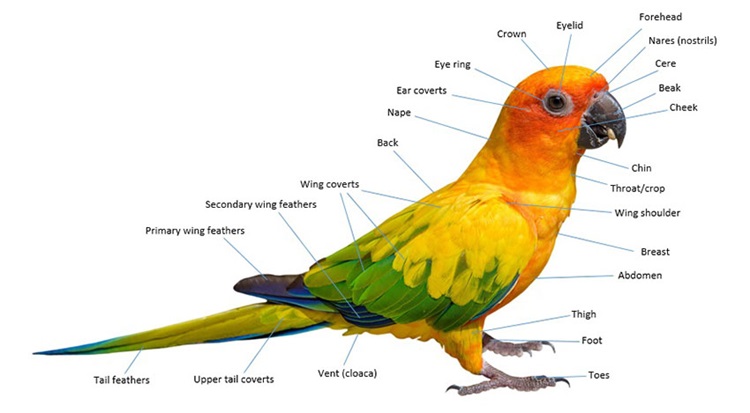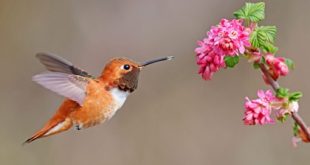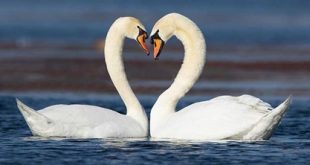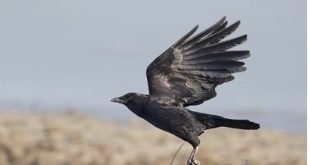Parrots are one of the most fascinating and intelligent birds in the animal kingdom. Their vibrant feathers, sharp beaks, and playful personalities make them stand out among other avian species. To better understand these amazing creatures, let’s take a closer look at the various body parts of a parrot and their specific functions.
A Body Parts Of Parrot

1. Beak
The beak of a parrot is perhaps its most distinguishing feature. Parrots have strong, curved beaks made of keratin, which continue to grow throughout their lives. The upper mandible is hooked, while the lower mandible is shorter and more robust.
Functions:
- Feeding: The beak helps parrots crack open hard shells of nuts and seeds, which form a significant part of their diet.
- Climbing: Parrots often use their beaks as a third limb to grip branches or other surfaces while climbing.
- Communication: Parrots use their beaks to produce various sounds and mimic human speech, a unique ability among birds.
- Preening: The beak is also an essential tool for grooming feathers and maintaining cleanliness.
2. Tongue
A parrot’s tongue is thick, muscular, and often equipped with fine, brush-like structures at its tip.
Functions:
- Tasting: The tongue is sensitive and helps parrots taste and identify food.
- Manipulation: Parrots use their tongues to manipulate food items within their beaks, aiding in cracking seeds or consuming fruits.
- Vocalization: The tongue plays a role in sound modulation, helping parrots mimic human speech and other sounds.
3. Eyes
Parrots have large, expressive eyes that provide them with excellent vision. Their eyes are located on the sides of their heads, giving them a wide field of view.
Functions:
- Vision: Parrots have excellent color vision, including the ability to see ultraviolet light, which aids in locating food and identifying mates.
- Depth Perception: The placement of their eyes provides binocular vision when focusing on a specific object, such as food or a predator.
- Communication: Eye movements and dilation are often used as non-verbal communication among parrots.
4. Wings
Parrots possess strong, broad wings with long feathers that enable them to fly. Each wing consists of primary, secondary, and tertiary feathers.
Functions:
- Flight: Wings provide lift and thrust, allowing parrots to navigate their environment efficiently.
- Thermoregulation: Parrots use their wings to regulate body temperature by spreading them to cool down or folding them to conserve heat.
- Balance: Wings also aid in balancing while climbing or perching.
- Courtship Displays: Some parrot species use their wings in elaborate mating rituals to attract potential mates.
5. Feet and Claws
Parrots have zygodactyl feet, meaning they have two toes pointing forward and two pointing backward. This unique arrangement provides them with a strong grip.
Functions:
- Grasping: Their feet are adapted for holding onto branches, climbing, and grasping food items.
- Manipulation: Parrots use their feet almost like hands, holding food while eating or picking up objects.
- Mobility: Their feet are essential for climbing trees and moving around their environment.
- Self-Defense: Strong claws can be used to fend off predators or other threats.
6. Feathers
Feathers are one of the defining characteristics of birds, and parrots’ feathers are especially colorful and varied.
Functions:
- Flight: Flight feathers provide the necessary lift and propulsion for flying.
- Camouflage: Brightly colored feathers can help parrots blend into their natural habitats, such as tropical forests.
- Thermoregulation: Feathers help maintain body temperature by trapping air close to the skin.
- Communication: The coloration and patterns of feathers can signal health, age, or readiness to mate.
- Protection: Feathers provide a layer of protection against environmental elements like rain and wind.
7. Tail
The tail of a parrot is often long and comprises sturdy feathers. Different species of parrots have tails of varying lengths and shapes.
Functions:
- Steering and Balance: The tail acts as a rudder during flight, helping parrots maneuver and maintain stability.
- Communication: Parrots use tail movements to signal emotions or intentions, such as aggression or excitement.
- Courtship: In some species, tail feathers are displayed prominently during mating rituals.
- Support: The tail can also provide additional support when parrots climb vertical surfaces.
8. Skin and Beak Cere
The skin of a parrot is covered by feathers but plays an important role in overall health. The cere is a fleshy, often colorful area at the base of the beak.
Functions:
- Health Indicator: The cere’s color and texture can indicate a parrot’s age, sex, or health status.
- Sensory Role: The skin beneath the feathers contains nerve endings that provide tactile feedback.
- Protection: Skin serves as a barrier against pathogens and environmental damage.
9. Ears
Parrots have small, hidden ear openings located just behind their eyes, covered by feathers.
Functions:
- Hearing: Parrots have an acute sense of hearing, which is crucial for detecting predators, locating mates, and imitating sounds.
- Balance: The inner ear helps maintain balance during flight and other activities.
10. Nostrils
The nostrils, or nares, are located on the cere, just above the beak.
Functions:
- Breathing: Nostrils allow parrots to inhale and exhale air efficiently.
- Olfaction: While parrots do not rely heavily on their sense of smell, the nostrils do aid in detecting certain scents in their environment.
11. Heart and Lungs
Parrots have a highly efficient circulatory and respiratory system to support their active lifestyle.
Functions:
- Oxygen Supply: The lungs and air sacs ensure a constant flow of oxygen during flight.
- Thermoregulation: The respiratory system helps regulate body temperature.
- Endurance: A strong heart pumps oxygen-rich blood to muscles, enabling sustained activity.
12. Brain
Parrots are known for their large brains relative to their body size, which makes them highly intelligent.
Functions:
- Problem-Solving: Parrots can solve puzzles, use tools, and adapt to new challenges.
- Memory: Their brains allow them to remember complex tasks and recognize individuals.
- Communication: Advanced neural structures enable their ability to mimic speech and understand social cues.
- Learning: Parrots can learn from observation and even exhibit emotional intelligence.
Conclusion
Every part of a parrot’s body is uniquely adapted to its lifestyle, from its powerful beak to its colorful feathers. Understanding these features not only highlights their remarkable evolutionary traits but also deepens our appreciation for these intelligent and captivating birds. Whether in the wild or as companions, parrots demonstrate the incredible complexity of nature’s design.


